Art, industry and regeneration are all on show on a stroll that reveals the vitality and rich culture of Bradford
I’d been wanting to do a walk around Bradford months before the city was chosen as UK City of Culture 2025. I’m chuffed for West Yorkshire’s Cinderella city and hope a year in the sun allows it to show off its industrial history, architectural heritage, youthfulness and multicultural mix. The last time Bradford culture made the national news was when London’s V&A nicked the National Media Museum’s photography collections.
When it came to planning a walk, there was a glut of options. Haworth to the city centre was an obvious contender, but I recently did a wilder ramble near Brontë Country, and the route into town led through farmers’ fields and a golf club. A walk from Leeds would remind me of trips I’d made when living in Armley in the 1990s but could be heavy with traffic as well as nostalgia. When I stumbled on an online database of 92 walks to and around Bradford, all of them looked good.
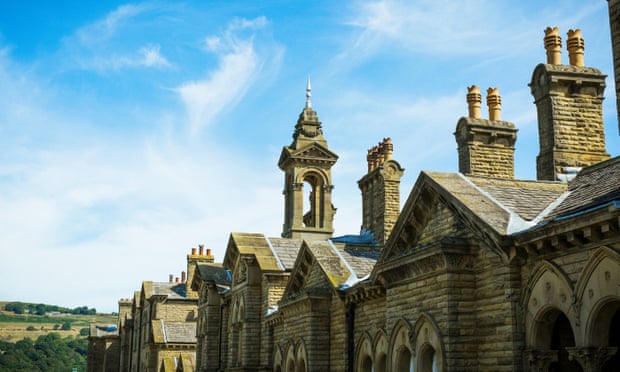
The answer came when I visited Saltaire to see David Hockney’s 90-metre-long A Year in Normandie. It’s a fabulous place – a model village and an exemplar of considerate capitalism – and Salts Mill has been repurposed particularly thoughtfully. A glance at a map revealed that Saltaire, just four miles north of the city as the crow flies, would also be an ideal place to begin a walk.
I normally walk alone but did this one with an old friend, Post Office (a nickname from my university days as he had previously worked for the GPO), who had been employed by Bradford Council for the City of Culture bid. Like me, he believes the city is hugely underrated, not least by its residents.
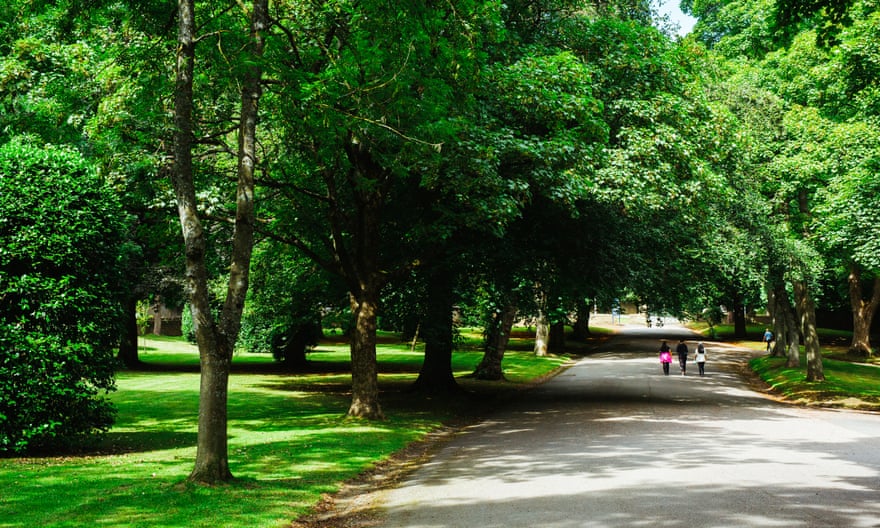
As we strolled out of Saltaire up towards Northcliffe Park, I looked back at the view. The steep valley of the River Aire, with its densely wooded sides, challenges any sense of being in the suburbs. Bradford covers 141 square miles and includes a lot of hills and moors. I can’t imagine a more picturesque topography for a city.
The city was built on wool, but it exploited other raw materials before the factory system made textiles the most lucrative sector. From the early 17th century, the area now occupied by Northcliffe Park was mainly coal mines and quarries from which the hammer-dressed sandstone you see adorning local terrace houses was obtained. Its lawns and woods lie on a slope, down which we tumbled towards Frizinghall (named after the coarse woollen cloth called frieze). We threaded through streets, ginnels and residential edgelands to keep off the A650 until we chanced on a long path that took us up into Lister Park.
Bradford was the centre of the global trade in worsted. Manningham’s avenues were as grand as anywhere in the country
This grand Victorian park was created in 1870 when the Bradford Corporation bought it for half its real value from self-made mill magnate Samuel Cunliffe Lister. He was a keen patron of the arts and there are major works by Victorian and more modern artists – including a Hockney section – in the park’s Cartwright Hall civic art gallery, which honours the memory of Edmund Cartwright, inventor of the power loom.
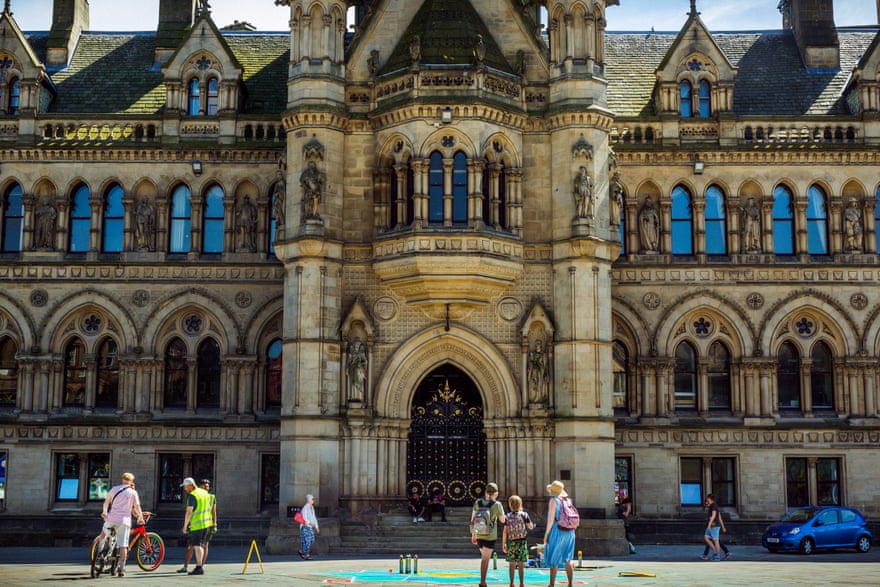
Around the edge of the park, in the Manningham area, are imposing wool merchants’ houses as well as elegant townhouses and back-to-backs where millworkers lived. The former is a powerful reminder that when we talk of Bradford’s past primacy, we’re not talking about anything relative; it was the centre of the global trade in worsted, the finest, long-fibre yarn. Manningham’s avenues were as grand as any in the country.
Post tells me that champagne company Pol Roger asked the city council to look out for vintage corks while undertaking regeneration works, because Bradford was the main UK market for Churchill’s favourite fizz back in the day. A £650,000 refurbishment project has turned Lister Park into an urban idyll, and the stepped landscaping makes the most of the West Yorkshire contours.
New mosques vie with old mills in the cluttered outer edges of Bradford
There is a dramatic sense of descending into a city as you leave Manningham. New mosques vie with old mills in the cluttered outer edges of Bradford city proper. Victorian terraces abut modern developments that ape the colour of the older buildings, if not their cornices and embellishments. I spied the tubular roof trusses of Valley Parade, Bradford City’s stadium, at the far end of a messy vista. Cobbles survive along back alleys leading to light industrial workshops and garages. It was the most ordinary of arrivals, yet it had a novelistic quality.
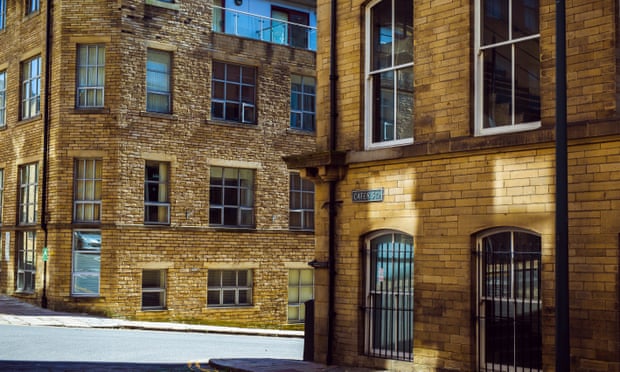
Inner-city Bradford is a work in progress. That’s not a criticism. There is a tangible spirit of energy, in the gatherings of people walking, shopping and sitting around chatting, and in various ongoing developments – most notably the Bradford Live project (a 3,800-capacity music venue in the former Odeon cinema) and the new Darley Street Market, due to open in September 2023.
The post showed me the office where he worked at Bradford City Hall, a striking people’s palace that melds gothic, Romanesque gothic and Queen Anne styles in what is among the most arresting civic buildings in the UK. It’s great to see work is afoot to expand the esplanade in front of the city hall, turning a centre that once looked like a massive traffic island into an airy, car-free space. The first phase, Centenary Square, already feels – on a sunny day – almost European.
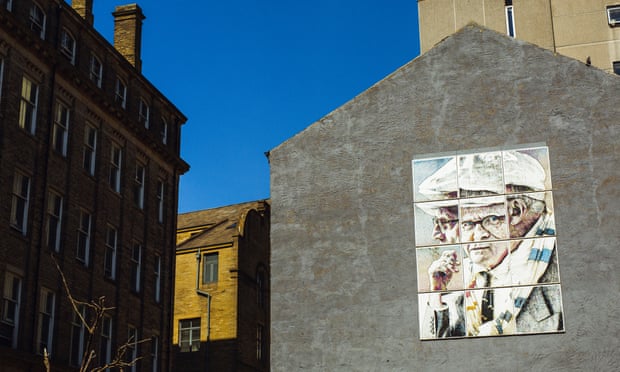
We concluded our main walk at the Sparrow, a fittingly contemporary bar on the trendy North Parade. But afterwards, Post insisted on me seeing two more sights: Bradford’s famous Waterstones, housed in the old Wool Exchange, and the Little Germany conservation area, which looks more Italian than German.
The streets have been used as a backdrop in Downton Abbey, Peaky Blinders and Gentleman Jack. When we arrived, a large crew was busy shooting an adaptation of the late Si Spencer’s time-travelling graphic novel Bodies, which is actually set in London. You can pinch its photos, but you can’t take away from Bradford’s enduring and evocative built environment.
Start Saltaire railway station
End The Sparrow
Distance 6 miles
Total ascent 245 metres
Time 3 hours with stops
Difficulty Easy
The pub
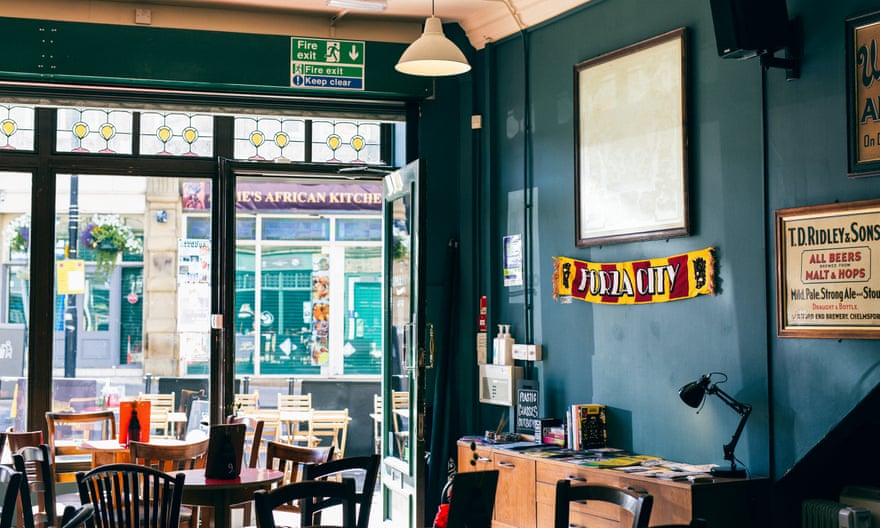
The Sparrow epitomises new Bradford and is part of a thriving strip of cool cafes, bars and restaurants on North Parade. Opened in 2011 by Les Hall and Mark Husak (who went on to open the Bundobust chain of Indian street-food restaurants) to showcase craft ales and specialist beers, it soon caught the attention of Camra and the Good Beer Guide. It’s now owned by the Kirkstall Brewery, which worked with the previous owners and carried out a full refurb in 2018.
There’s a session-friendly Three Swords extra pale ale (4.5%), ideal for summer afternoons, and a 3.7% Sparrow bitter, and lots of rotating guest cask and keg ales and bottled Belgian beers. The walls are laden with beer-themed memorabilia and mirrors, and Bradford City scarves –match days are busy. Food is bitten for now, including meat and cheese platters. The pork pies are very popular.
Where to stay
For 2025, Bradford will need to offer visitors more than the current dozen or so chains and faded big hotels; reports of a scheme to turn part of the Wool Exchange into a boutique “art” hotel are promising. For now, Bradford Digs, a funkily decorated guesthouse southwest of the city centre, is homely and of great value. Owner Irene is well-travelled (as her colourful throws, lamps and ornaments indicate) and very welcoming. There are just two double rooms (sharing a bathroom), with wifi, a telly and a kettle, plus a self-contained two-bedroom apartment with a kitchen, sitting room and bathroom.
Doubles from £46 B&B
Source: The Guardian / Chriss Moss


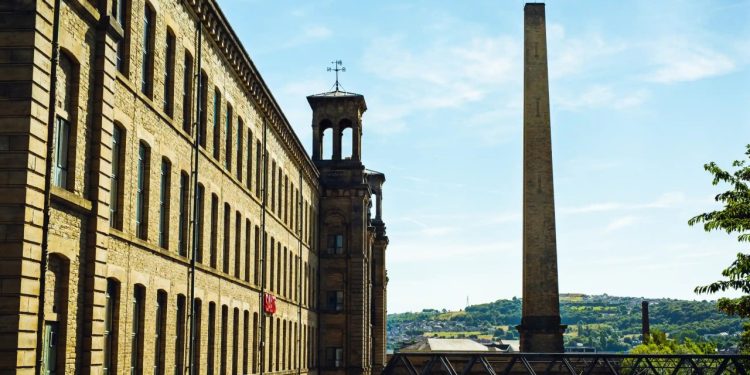
Recent Comments